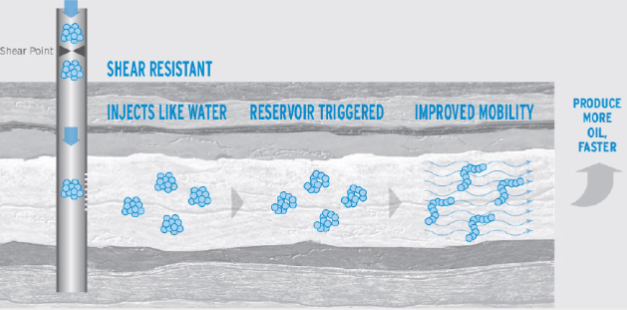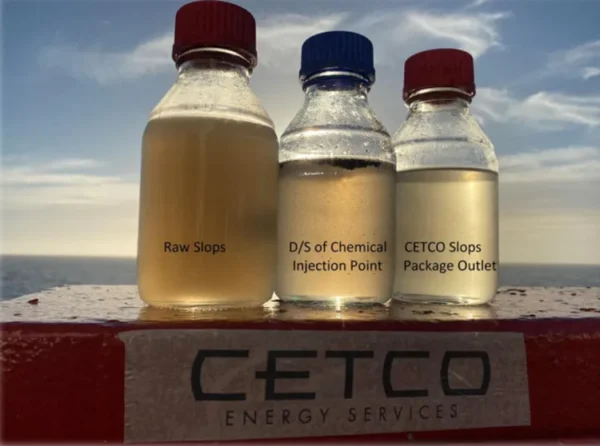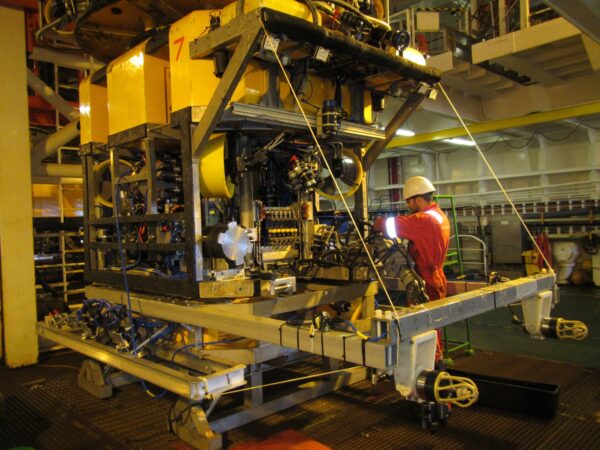
Injecting new life into assets: supporting net zero goals and producing more oil
A novel polymer flooding agent is helping to improve field recovery rates and accelerate the energy transition process.




The Challenge
Reducing carbon emission levels per barrel by using existing assets to produce oil faster.
The industry sought technical solutions to pursue net zero targets while continuing to meet existing energy demand. One of the biggest challenges in polymer flooding is polymer degradation by shear.

The Response
ChampionX introduced ‘Excelceor’, a low-dose polymer flooding agent suitable for offshore use. It improves carbon emission performance by extending asset and field life and protecting it from shear. It won’t be degraded as the product is tested and exposed to points of high shear like chokes, reservoirs or others in the system. This means overdosing is no longer necessary to achieve the same results.
Excelceor can be injected at water viscosity, enabling deployment in low-permeable or pressure-limited reservoirs.

The Result
Its patent chemical shear protection is proven to reduce product volume requirements, sometimes by up to 70%. It does this by cutting the associated carbon footprint when compared to existing technologies.
Mathematical models show the product’s degradation protection qualities. This means it can reduce the production of 1300 metric tonnes of CO2 annually per application in the manufacturing and logistics chain. Representing a 41% reduction against conventional solutions.
The lower product volume requirement also saves on logistical operations, driving down further the carbon footprint compared to conventional polymer flooding operations.
And its application adds between 10% and 20% to the recoverable reserves from existing reservoir and production assets without the need for additional infill drilling. Initial calculations suggest a comparable reduction in the overall carbon footprint per barrel produced for the overall asset.
The technology enhances sustainable production using existing assets: it increases oil production, reducing water production by between 10% and 20% and improving overall efficiency.
Find out more:
Contact:
Mark Zijlstra – [email protected]





